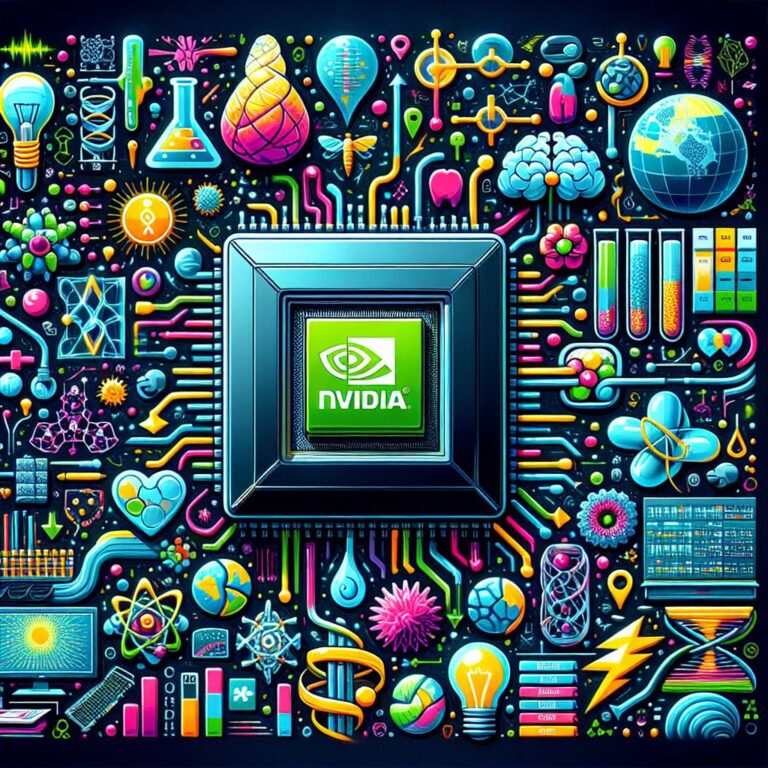What the article calls the great flip describes how graphics processing units born from gaming have moved upstream to transform supercomputing and to carry Artificial Intelligence into the most advanced scientific systems. JUPITER at Forschungszentrum Jülich is presented as an emblem of this era, delivering 63.3 gigaflops per watt and 116 Artificial Intelligence exaflops, up from 92 at ISC High Performance 2025. The composition of leadership systems has changed rapidly: in 2019 nearly 70 percent of TOP100 systems were CPU-only, a figure that has fallen below 15 percent today; 88 of the TOP100 are now accelerated and about 80 percent of those use NVIDIA GPUs.
Across the broader TOP500, the article reports that 388 systems, or 78 percent, now use NVIDIA technology, including 218 GPU-accelerated systems, an increase of 34 systems year over year, and 362 systems connected by NVIDIA networking. The piece highlights architectures such as Hopper and Blackwell and the CUDA-X platform as key enablers that let scientific systems operate across precision modes from FP64 to mixed precision FP32 and FP16 and extremely efficient integer formats like INT8. That flexibility and efficiency is framed as the reason researchers can stretch power budgets to run larger simulations and train deeper models, with JUPITER offering both 116 Artificial Intelligence exaflops and 1 EF FP64 as a concrete example of simulation and Artificial Intelligence working together.
The article traces the technical arc through milestone systems-Titan in 2012, Piz Daint in 2013, and Summit and Sierra in 2017-that shifted the field to acceleration first. It cites energy and performance metrics such as the Green500 list, where the top eight systems are NVIDIA-accelerated and NVIDIA Quantum InfiniBand connects seven of the top ten. The narrative includes Jensen Huang’s early prediction at SC16 that deep learning would reshape leadership computing. The conclusion is that a power-efficiency imperative became an architectural advantage and has matured into a scientific superpower, enabling advances in climate modeling, drug discovery, fusion and quantum simulation as simulation and Artificial Intelligence scale together.

